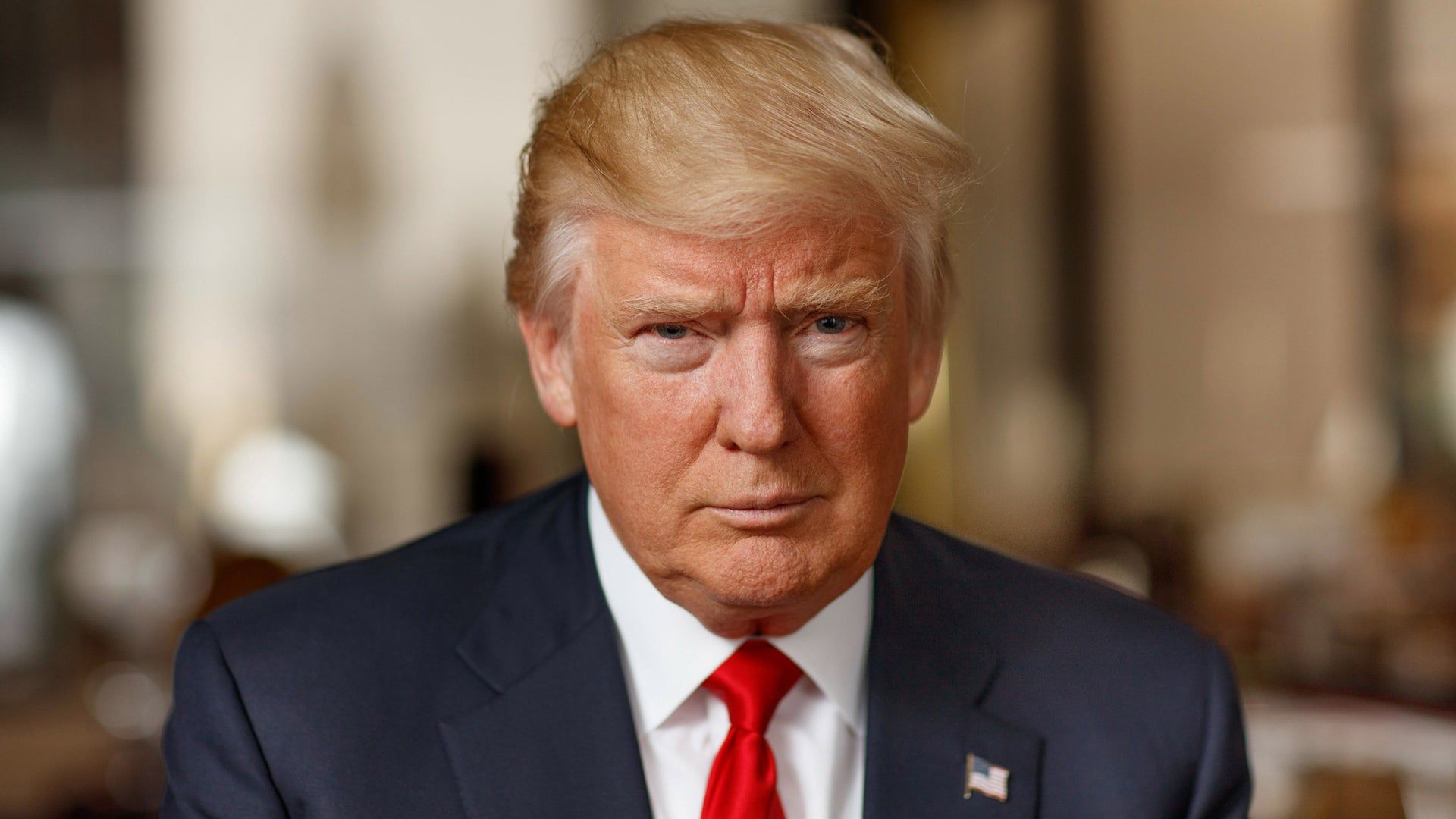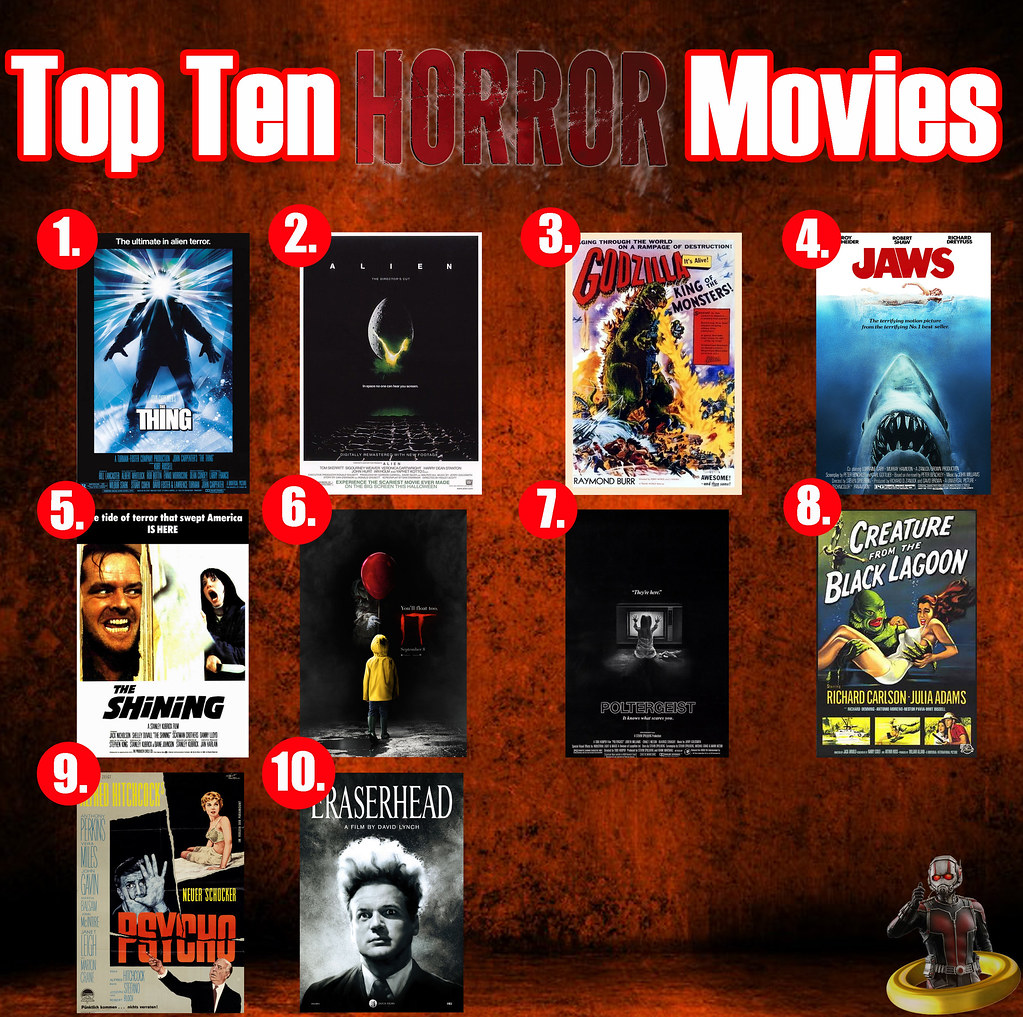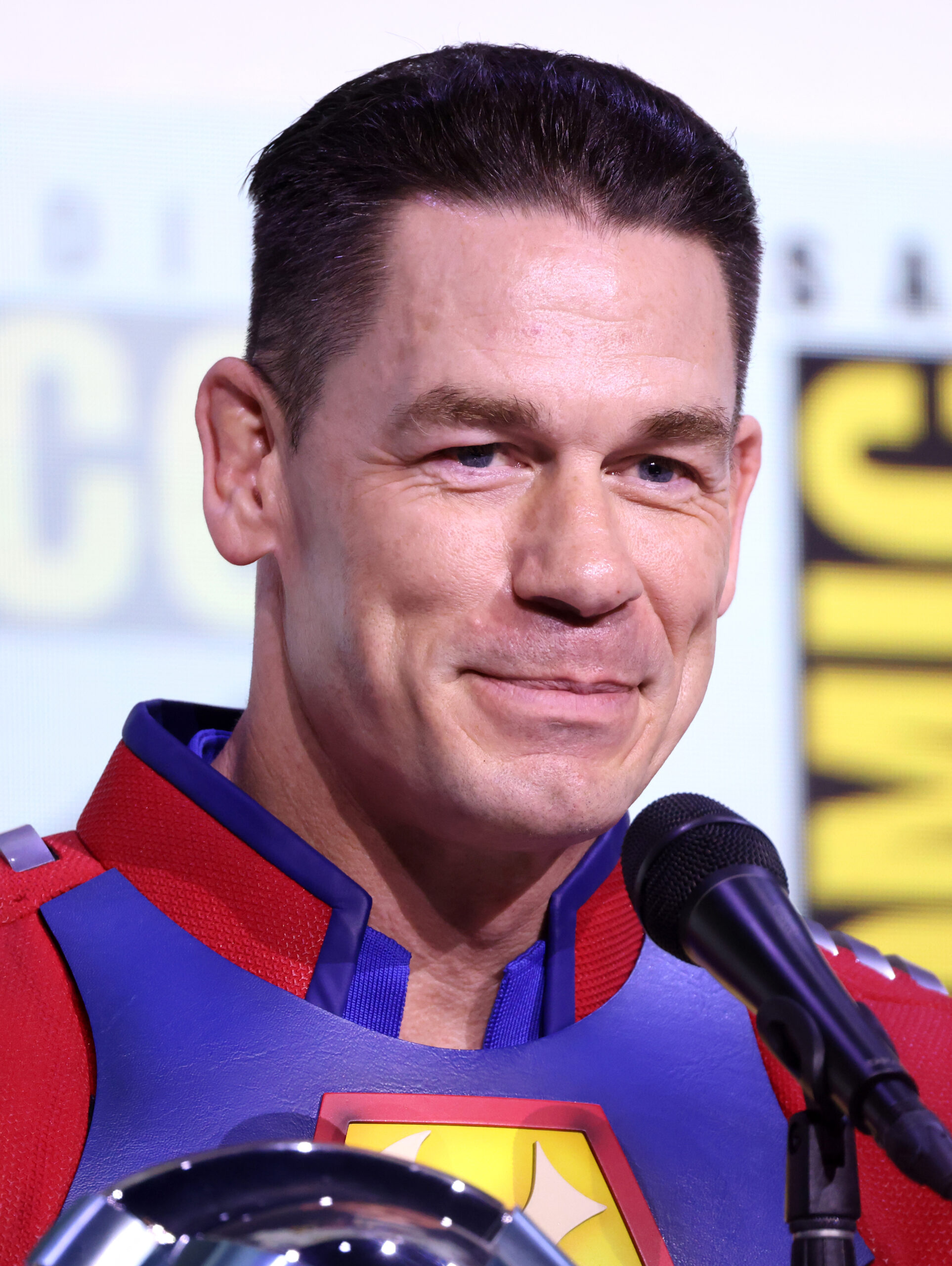
The dynamic world of professional sports often intersects with broader societal concerns, and the recent controversies surrounding Memphis Grizzlies star Ja Morant offer a stark illustration of this complex interplay. After being suspended for a second time for flashing a gun on social media, Morant’s actions have not only drawn the scrutiny of the NBA and team officials but also, surprisingly, the attention of individuals from the very streets he seems intent on emulating.
Indeed, a “notable” Crips gang member, known as Bricc Baby, has issued a direct and unequivocal warning to the two-time NBA All-Star. This intervention, delivered through Cam Capone News, cuts through the noise of traditional sports commentary, offering a raw, unfiltered perspective on the perilous path Morant appears to be treading.
Bricc Baby did not mince words when discussing Morant’s perceived street persona. He bluntly told Cam Capone News, “That’s another one of them fake rapping,” immediately challenging the authenticity of Morant’s self-portrayal. This pointed critique suggests a deep concern from someone intimately familiar with the realities of gang life, viewing Morant’s antics as a dangerous charade.
The Crip member further questioned Morant’s motivations, particularly when his substantial $200 million contract was brought into the conversation. “Yeah, what the you want to live like a rapper for?” Bricc Baby retorted, highlighting the stark contrast between Morant’s immense financial success and his apparent desire to embrace a different, far more hazardous lifestyle.

This concern extended to Morant’s highly publicized displays of gang signs, which Bricc Baby unequivocally dismissed. He emphatically stated, “I don’t think so. Run it in. You know what’s up,” adding, “He ain’t with the gangland like that.” This assessment from within the culture underscores the perceived inauthenticity of Morant’s gestures, suggesting a lack of genuine understanding or affiliation with the very world he is attempting to project.
Bricc Baby issued a stern financial warning regarding these performative actions. He cautioned that throwing up “those N’s,” referring to apparent gang signs, “that’s gonna cost you anyway… What do you want to do? To pay the Crips for the rest of your life? Because that’s gonna cost you.” This chilling statement implies potential real-world repercussions for a public figure dabbling in symbols he doesn’t genuinely embody.
Yet, amidst the blunt warnings, Bricc Baby also extended a surprising invitation and piece of advice. He urged Morant to “Let’s be real because like, like, start being real with yourself. You’re a basketball player.” This fundamental call to self-awareness challenges Morant to embrace his true identity and the incredible opportunity afforded to him by his athletic prowess.
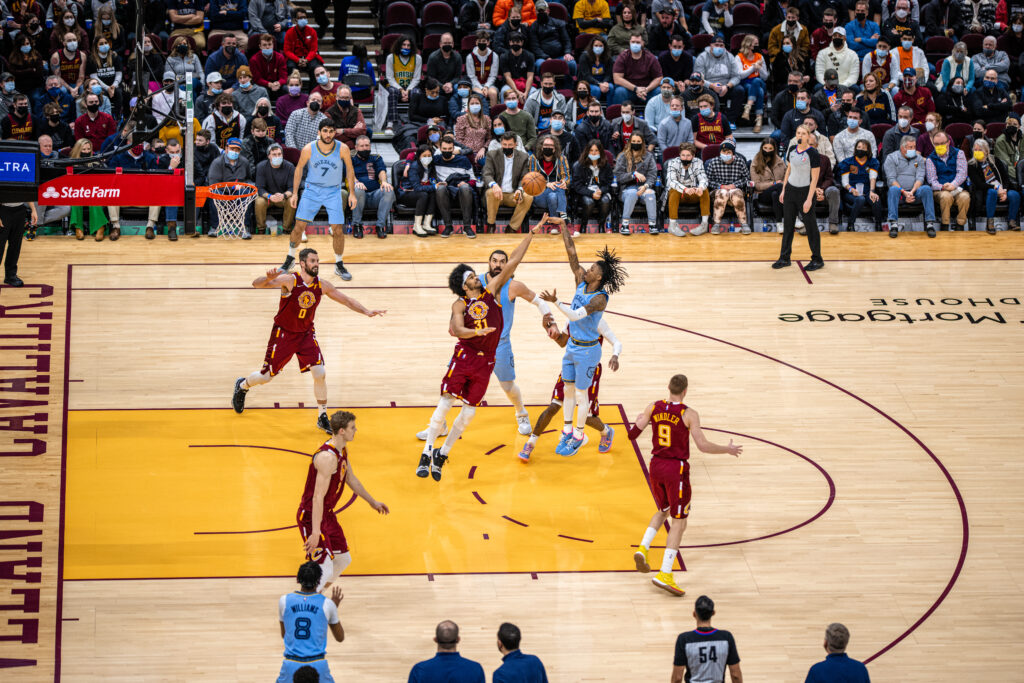
Remarkably, Bricc Baby even offered to facilitate a deeper understanding, albeit with a cynical grin. He proposed, “Matter of fact, set up a meeting for me and John Morant since he wants to be a Crip,” immediately adding, “I bet you he doesn’t ever show up and it’s on some friendly.” This offer, laced with an implied challenge, underscores the chasm between the reality of gang life and Morant’s perceived fascination with it.
The message from Bricc Baby wasn’t one of animosity but rather a plea for responsibility from a high-profile figure. “I don’t have any beef with you, Ja,” he clarified, emphasizing, “I just, you like the face of like the NBA. You like the new face of the NBA, and you’re with this.” He urged Morant to live up to his potential as a positive influence, stating, “Be the positive side of the culture like you’ve been being. You don’t have any felonies, you ain’t grown up and all that. You might have smoked some weed or whatever the case is, but come pull up on me.”
Echoing similar sentiments of concern and caution, former NFL star Keyshawn Johnson, who grew up in the streets himself, weighed in on the situation on ESPN’s “Keyshawn, J-Will and Max.” Johnson’s personal experience lends significant weight to his apprehension regarding Morant’s choices. His perspective provides an invaluable counterpoint to the allure of the street image Morant seems to be chasing.
Johnson articulated his profound worry about Morant’s trajectory, stating, “Those are the sort of things that I worry about because you’re aligning yourself in a position that you know nothing about at all whatsoever, zero about.” This highlights the extreme danger of embracing a lifestyle purely for image, particularly one fraught with genuine peril. The lack of authentic experience, Johnson implies, makes Morant particularly vulnerable.

Furthermore, Johnson placed a significant onus on the organizations surrounding Morant to intervene effectively. He insisted, “That’s where I look at the team and the league and to be able to say, ‘You’ve got to get him the necessary help that he needs, serious help.’” This emphasizes that Morant’s struggles are not merely personal but necessitate a comprehensive support system from his professional environment.
Drawing upon his own upbringing, Johnson delivered a stark, succinct warning. He revealed, “I grew up in the streets…you don’t want that life,” a powerful distillation of the harsh realities that Morant appears to be courting. This direct admonition from someone who has navigated that world underlines the gravity of Morant’s missteps.
Johnson also shed light on the sentiment within actual street communities regarding Morant’s behavior. He asserted that “people from the streets are kind of ticked off by his behavior because they would die to be in his shoes.” This reveals a palpable frustration among those who truly understand the struggles of street life, seeing Morant squander an opportunity many would sacrifice everything for.
Morant’s current predicament is not an isolated incident but rather the latest in a troubling pattern of behavior. His suspension last year for a gun incident already carried a hefty financial penalty, costing him close to $40 million in guaranteed money from his contract. The NBA has yet to rule on the length of his latest suspension and its associated financial implications, but the stakes are undeniably high.
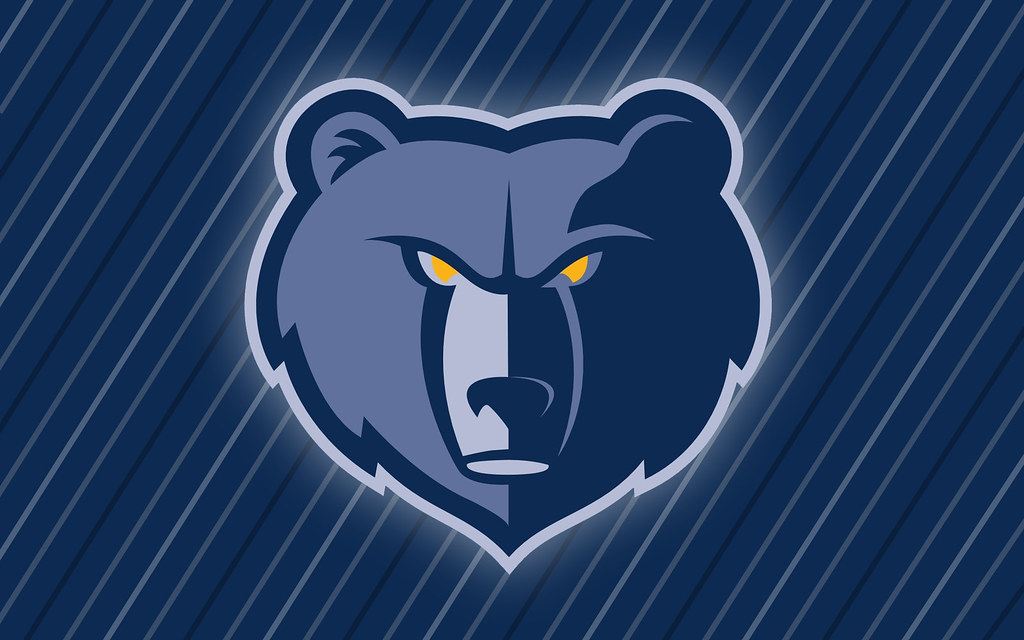
The Memphis Grizzlies immediately suspended Morant from all team activities following the most recent incident, pending league review. This swift action reflects the seriousness with which the organization views his repeated transgressions, especially given his prior promises to change. His public apologies have been contrasted sharply by his subsequent actions.
Earlier in the year, in January, the Indiana Pacers claimed that a red laser, believed to be a gun, was pointed at their team from an SUV carrying Morant after an altercation. Although an NBA investigation found no “individual threatened others with a weapon,” the incident contributed to a growing narrative of concerning behavior surrounding the star.
Further back, a police report detailed an alleged incident last summer where Morant purportedly exposed a gun after punching a teenager “12 to 13 times” during a pickup basketball game at his house. The report stated Morant went into his house after the altercation and emerged with a gun in his waist, with his hand on the weapon. These reports paint a picture of escalating and disturbing conduct, challenging his image as a responsible athlete.
Despite acknowledging last month that his actions may have caused distractions with his teammates, Morant has remained publicly silent about the latest suspension. His previous pledges to be a “work in progress” and a “better role model” now ring hollow in the wake of continued problematic behavior.
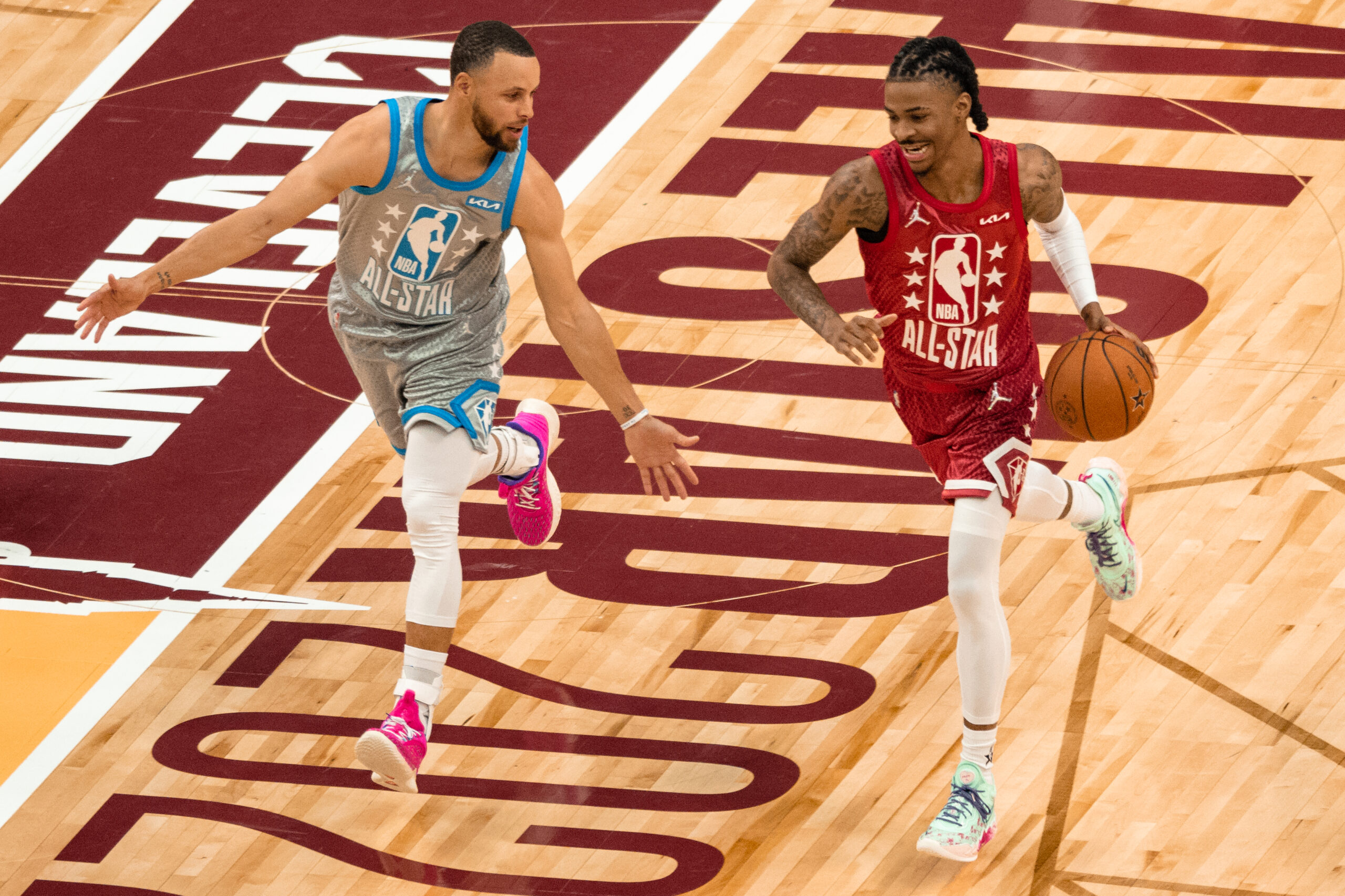
His actions extend beyond just gun incidents. Morant has also been seen displaying gang signs during NBA games, notably after his eight-game ban in March. He even “crip-walked” into the locker room following a win over Houston, shortly after returning from that initial suspension.
These public displays have prompted figures like ESPN’s Skip Bayless to question Morant’s alleged affiliation. “What does that mean? Does that mean he wants to associate with the Crips? Or did he get initiated by the Crips? Or does he have dreams of being a Crip? I don’t know,” Bayless openly mused, reflecting widespread confusion and concern about Morant’s choices.
The “crip walk,” or C-walk, holds specific historical and cultural significance. Originating in the 1970s among members of the notorious Crips street gang in South Central Los Angeles, it was initially used to spell out the letters “C-R-I-P” and identify gang affiliation. While the dance has been adopted by non-gang members, including various rappers and even celebrities like Serena Williams and Justin Bieber, it remains profoundly linked to gang culture.
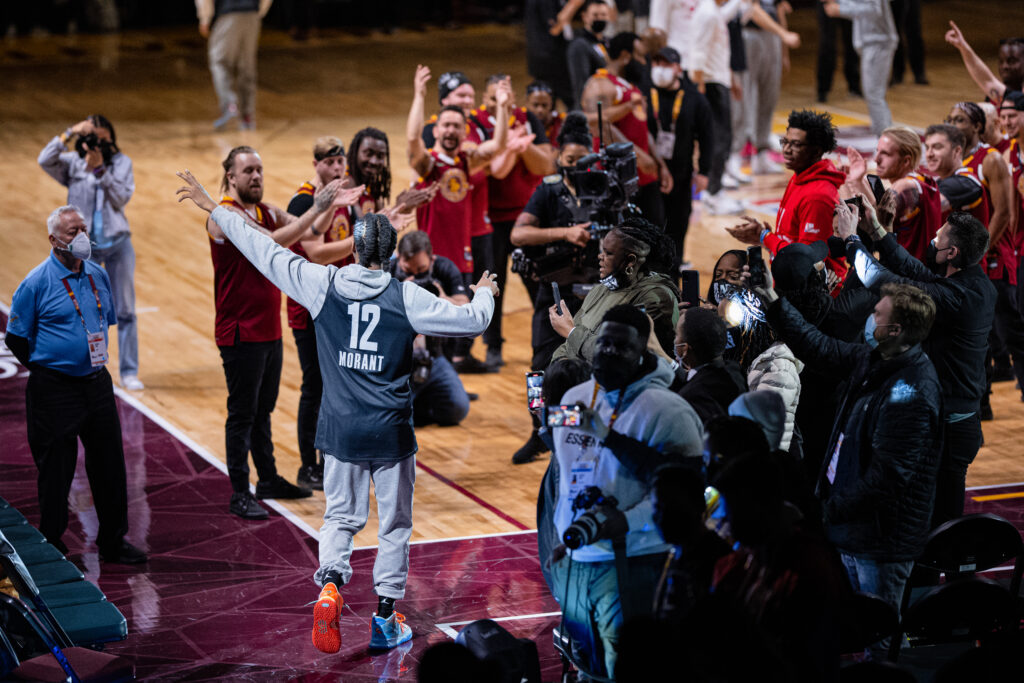
Crucially, the context notes that it is “not safe for non-gang members to do the Crip walk in gang territory.” This adds a layer of genuine peril to Morant’s seemingly casual adoption of the dance, highlighting the potential for serious, unintended consequences beyond the basketball court. His actions could easily be misinterpreted or challenged by those for whom these symbols are a matter of life and death.
The financial fallout for Ja Morant’s career has already been substantial and threatens to become even more devastating. His earlier suspension directly led to him losing his spot on an All-NBA team, a designation that would have activated a super-max contract, thus forfeiting $40 million in guaranteed money. This significant financial loss underscores the tangible repercussions of his off-court conduct.
Beyond the NBA’s direct penalties, Morant’s lucrative shoe deal with Nike is also reportedly in jeopardy. For an athlete of his caliber and marketability, such an endorsement deal represents a cornerstone of their long-term financial stability. The potential loss of this partnership, along with future endorsement opportunities, could drastically alter his financial future.
Keyshawn Johnson’s poignant observation that Morant is on a path to “squander” a deal potentially worth up to $231 million serves as a dire warning. The sheer magnitude of this potential loss should provide a powerful incentive for the young star to reconsider his choices and embrace the immense opportunity he has been given.

The unified message from both a genuine Crips member and a former NFL star who lived the street life underscores the universal concern for Morant’s future. These aren’t just criticisms; they are urgent appeals for a young talent to recognize the precipice he stands on and to step back from a path fraught with danger.
Ja Morant stands at a critical juncture in his promising, yet increasingly precarious, career. The direct and serious warnings emanating from unexpected corners, from the very streets he seems to yearn to represent, serve as a stark reminder of the authenticity and consequences that define life beyond the professional basketball court. His millions and celebrity status offer no shield against the true weight of the culture he appears to flirt with.
This moment calls for more than just public apologies; it demands a profound shift in mindset and a genuine commitment to personal growth. The eyes of the basketball world, and indeed, those who understand the genuine perils of the streets, are fixed on Ja Morant. The question remains whether he will heed these invaluable, if unconventional, warnings and embrace the positive legacy that is truly within his grasp, transforming this period of jeopardy into a profound turning point towards a more responsible and fulfilling future.

